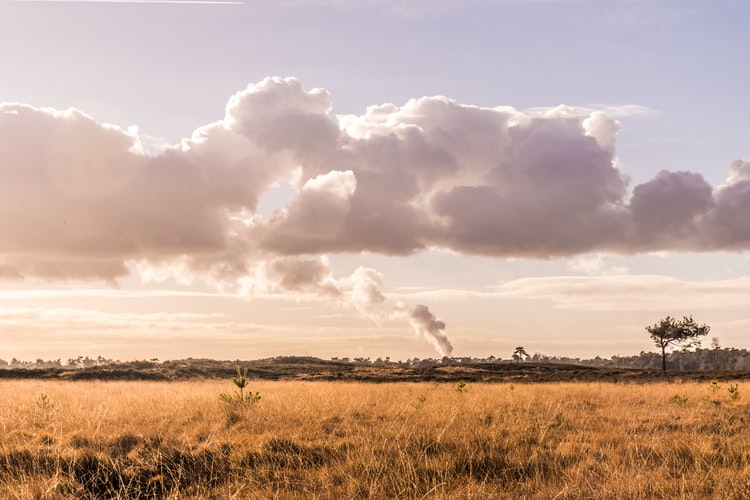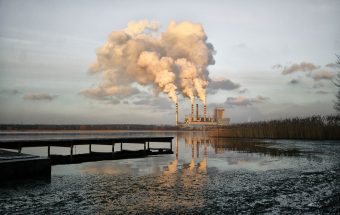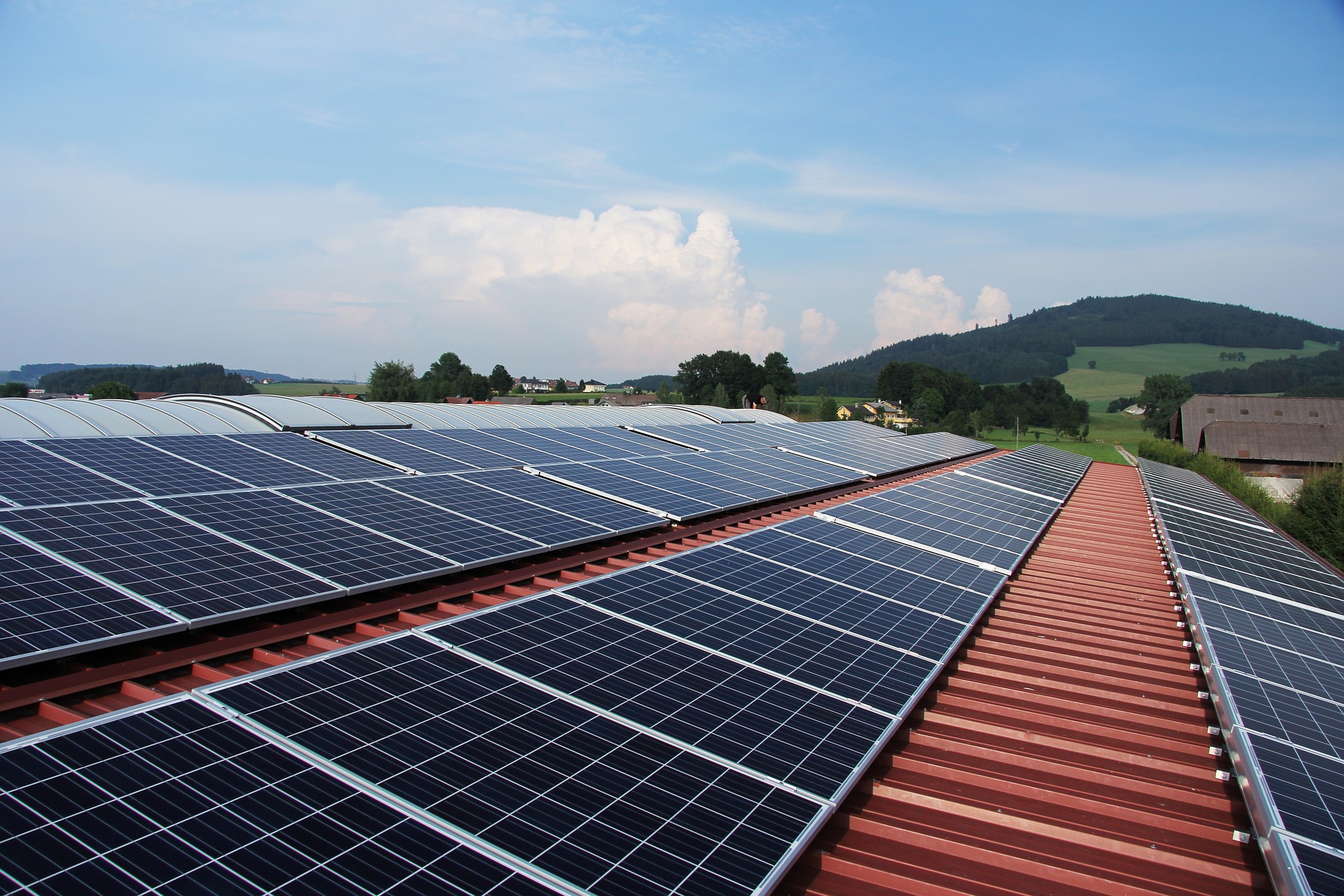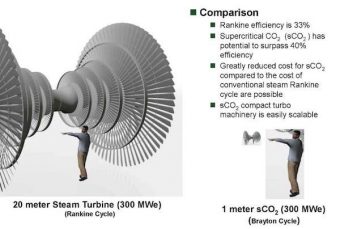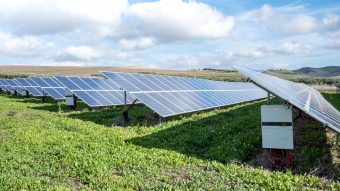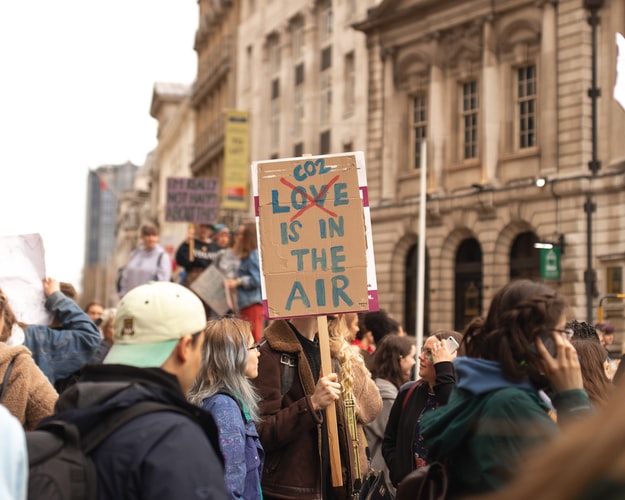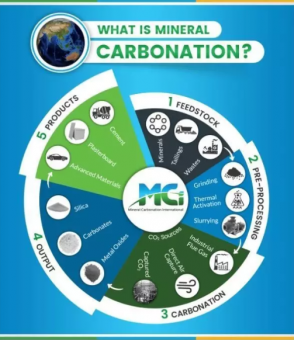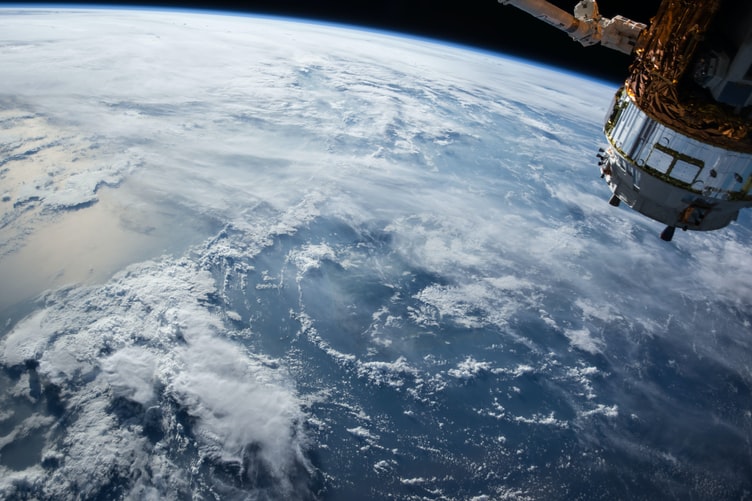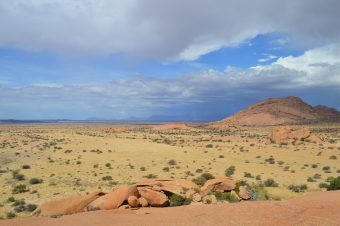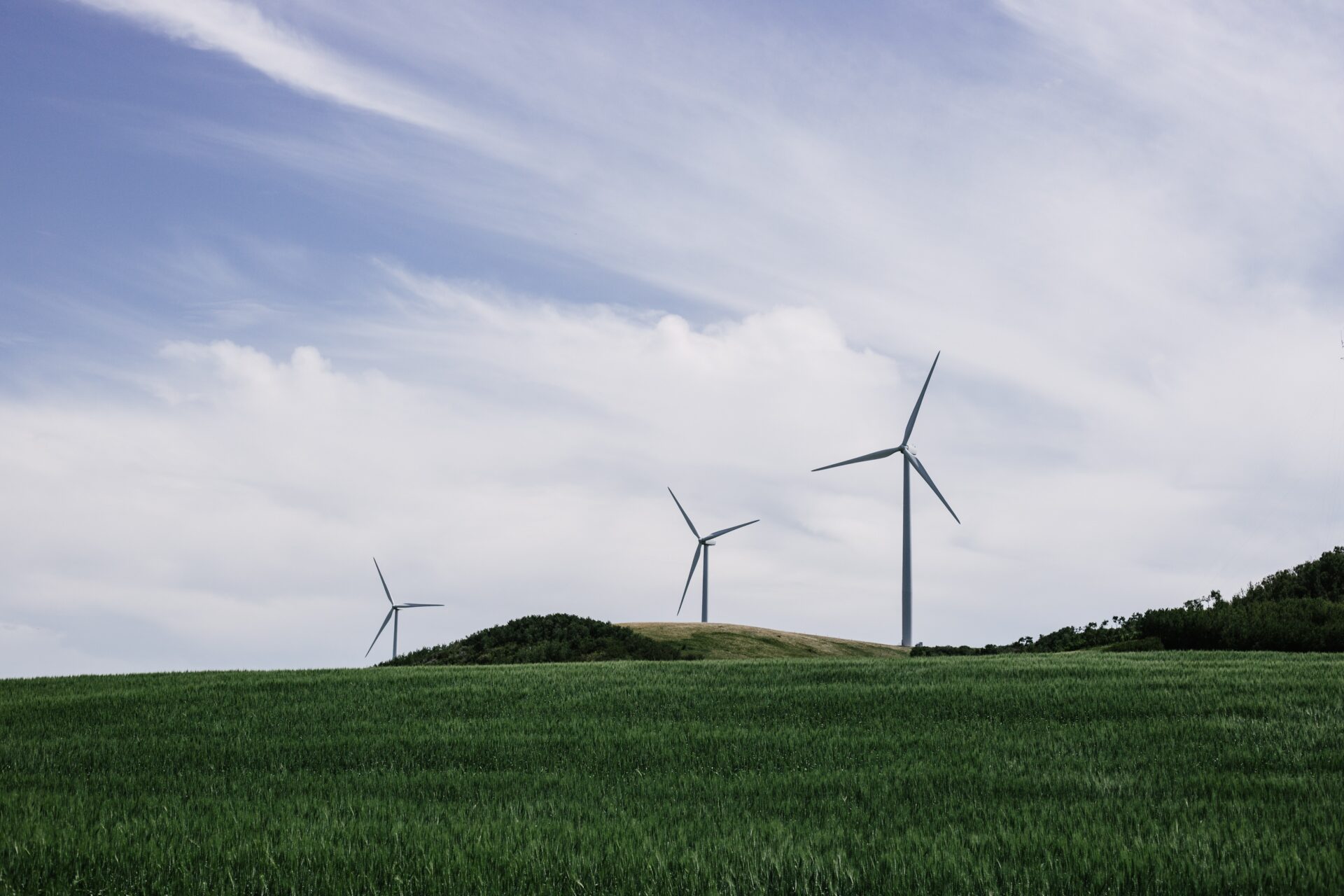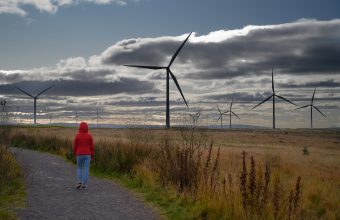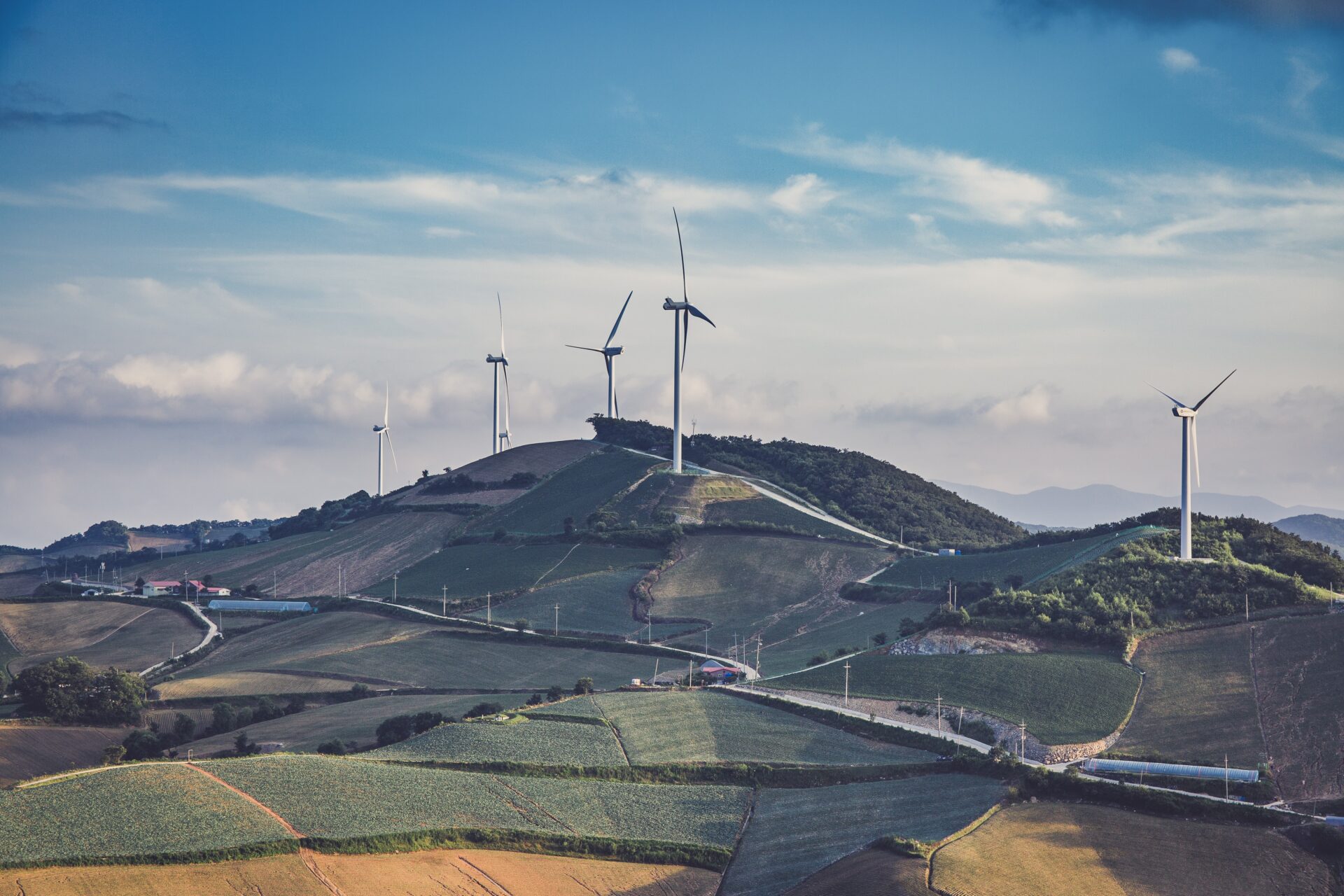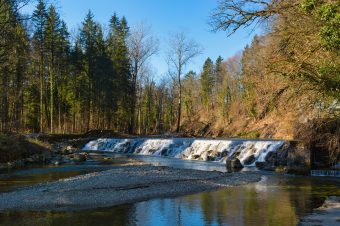
Nestled in the picturesque village of Costești, Moldova, Regina Naturii manufactures and trades jars of delicious natural delicacies. The honey producer may well have borrowed its work ethic from industrious bees in their hives since what initially started as a hobby soon turned into a profitable firm.
The EBRD and the European Union have their share in this success story, too: their joint programme allowed the company to invest in modern and green technologies, increasing volume and making production processes more efficient.
“Regina Naturii is a place where tradition and modern practices meet; it is where village beekeeping and state-of-the-art processing come together,” explains Nicanor Negru, the company director.
Regina Naturii initially began with 100 beehives. Now they have 500 of their own and an extremely effective network of local beekeepers who provide natural, additive-free honey.
And the company is just getting started: with help from the EBRD and the EU, Regina Naturii has scaled up its business to new heights.
The EU4Business-EBRD Credit Line supports companies wishing to upgrade their production processes to European standards, thus making themselves reliable trading partners and offering customers both at home and abroad products and services of the highest quality. The companies can receive EBRD financing through local partner financial institutions. In Regina Naturii’s case, it was ProCredit Bank.
More:
Upon successful investment, companies are compensated with up to 15 percent cent cashback financed by the EU under its EU4Business initiative.
“Our investment covered Regina Naturii’s main operations. We invested in equipment to prolong the shelf life and quality of the honey, machines to clean the honey of impurities and preheat the raw product to liquefy it before further processing, transportation vehicles, storage facilities and more,” says Nicanor.

But refining production processes was not the company’s only goal:
“Our company was born from the love of nature. We produce a natural, delicious treat in a jar, and we want to be respectful of our bountiful environment”.
With a strong commitment to reducing its carbon emissions, Regina Naturii now prides itself on its solar panels, fully covering the energy needs for production. The EBRD’s Advice for Small Businesses programme, with funding from the EU, also supported the company in creating a memorable brand identity, smart packaging and flashy web design to boost its sales.
When the coronavirus pandemic first swept through Moldova back in early spring, Regina Naturii did not stop working, with employees remaining busy as bees. Firmly believing in the health benefits of their product, Regina Naturii distributed jars of honey to medics and patients in key Chișinău hospitals.
“Honey is very important for our immune system and is a good source of antioxidants. We built our brand and are loved by our clients because our honey is delicious – a quality product – and we continue working and developing so that we do not let down our vast clientele base,” says Nicanor.
Last year, the company exported its products to Romania, Serbia, Germany and Poland. With enhanced production, Regina Naturii aims to expand its pool of trading partners in the EU and beyond. Currently, plans are in place to dive into north-western Europe and the United Kingdom with help from the EBRD’s international advisory services, funded by the Small Business Impact Fund.
Source: EBRD



